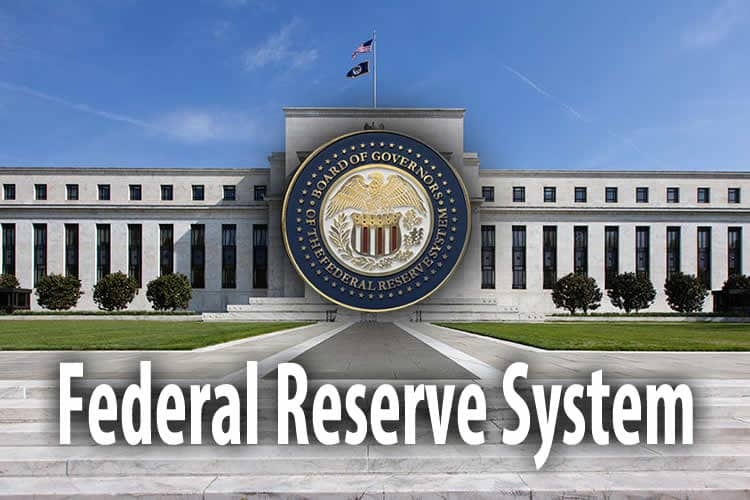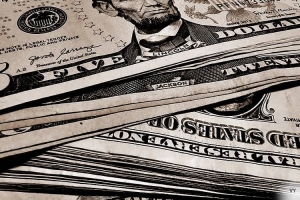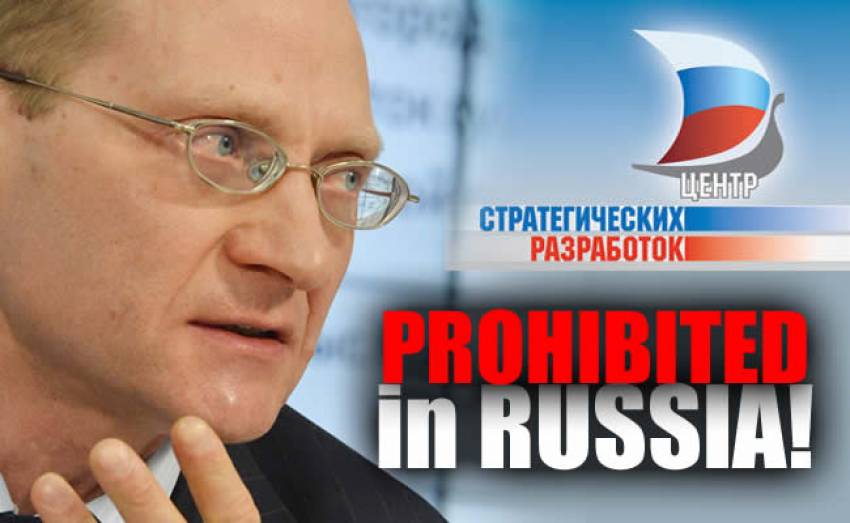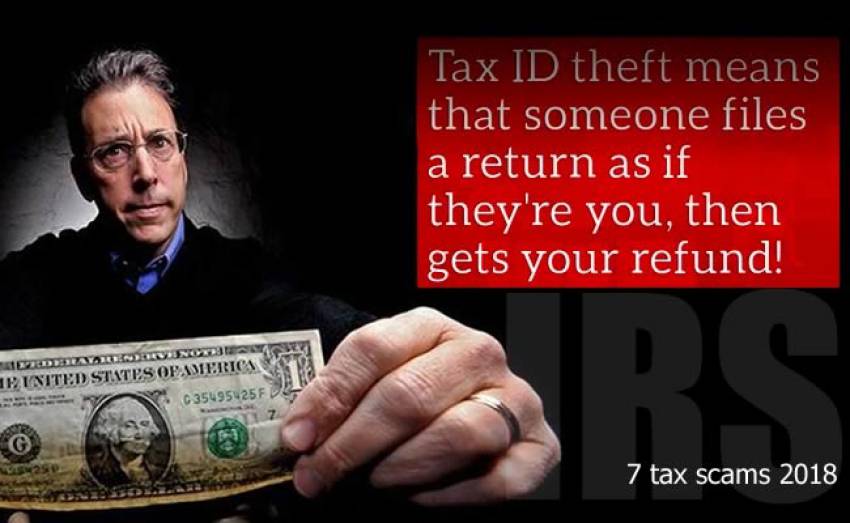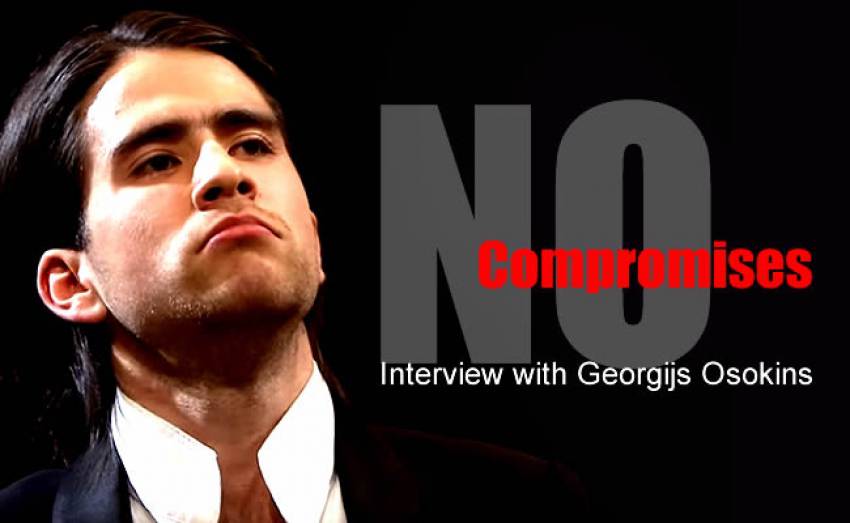When the Federal Reserve was founded it was given a dual mandate: manage inflation and maximize employment. Traditionally, the Federal Reserve manipulated interest rates in order to balance these two objectives.
However, beginning in the 1980s the Federal Reserve gave itself an additional, albeit unofficial, task. Following a decade of economic malaise in the 1970s, America rejected the post-war New Deal/Great Society consensus, electing Ronald Reagan to the presidency. Reagan aimed to limit the government's intervention in the economy. Consequently, most politically appointed positions were to eventually be led by conservatives - including the appointment of Alan Greenspan to Chairman of the Federal Reserve in 1987.
Two months into his Chairmanship, Greenspan faced Black Monday. In one day US stock markets unexpectedly and suddenly lost more than 500 billion dollars of value. Ironically Greenspan - a self-branded noninterventionist - immediately intervened, slashing interest rates and providing extra capital to banks. Greenspan was praised for his timely action and for preventing potential harm to the ‘real’ economy. This marked a significant change in policy. Moving forward, the Federal Reserve would not only respond to crises in the ‘real’ economy but also to the whims of the stock market.
By the 1990s, in the midst of the tech market boom, Greenspan had mastered the art of intervention. He fine-tuned the use of interest rates and other Federal Reserve tools to insure the continued appreciation of stocks, receiving praises from both Wall Street and Washington. Greenspan didn’t see asset appreciation as inflation, rather he perceived it to be an increase in American’s wealth.
However by the late 90s, asset appreciation began to affect prices of consumer goods. When Greenspan raised interest rates to curb inflation, tech companies with overly limited revenue and high debt burdens collapsed - taking the US stock market with them.
Like clockwork, Greensapan intervened providing support reinflating the bubble, except this time investors directed attention to real estate. When the Federal Reserve eventually began to raise interest rates once again, indebted homeowners and companies began to make the stock market and economy stumble. This time however, there was enough bad debt to cause the entire financial system, and subsequently the economy, to collapse.
The scale of the crisis, and previous over intervention, meant the Federal Reserve's traditional tools for stimulating the economy were ineffective. Instead, the Federal Reserve was forced to use a new practice: quantitative easing.
Quantitative easing first requires the Federal Reserve to print money. It then uses this newly printed money to purchase bonds - usually US treasury bonds - from investors. Investors use the money which they earned from selling the Treasury bond to then further invest or consume, stimulating the economy.
This first round of quantitative easing was meant to last till 2010 and aimed to inject more than 2 trillion dollars.
But in 2010, the US economy was still in a tailspin. The early growth following the Obama stimulus had fizzled out, and most economic experts concluded that the US economy needed more stimulus to address the recession. Congress and the White House however were unable to come to an agreement. So the Federal Reserve was left to act alone, launching a second - and eventually third - round of quantitative easing - injecting an additional 2.5 trillion dollars.
Except in reality quantitative easing did little to stimulate the US economy, instead simply reinflating the stock market by even greater proportions. Although the Federal Reserve was no longer chaired by Greenspan, it continued to judge the successfulness of its policies by how markets reacted.
So it should be no surprise when coronavirus began to take effect on the US stock markets, the Federal Reserve sprung into action launching a fourth round of quantitative easing and extending emergency loans to businesses. The markets reacted gleefully, while the actual American economy continued to flounder.
Today, asset appreciation has once again begun to influence inflation. The consumer price index, the metric used to record inflation, has recorded its greatest increase since the Financial Crisis. The Federal Reserve, and Treasury, argue the inflation is short term and is only occurring because the economy is reopening. But in reality, inflation is unlikely to taper simply because 40% of all the dollars ever printed, or used to ‘stimulate the economy’, were in 2020.
But if the Federal Reserve realizes the threat of inflation, what will it do? Historically, the Federal Reserve would have raised interest rates. But it's likely to find this option unappealing because the US national debt is now greater than 20 trillion dollars. Any significant interest rate hike would increase the interest payments to an unmanageable level. Alternatively, the Federal Reserve could attempt to sell its Treasury bonds in order to take money off of investors' hands. The risk this entails is we would be selling treasury bonds likely to foreign investors who could use the debt as leverage.
The most likely action the Federal Reserve will take is doing nothing, letting inflation run its course. It would allow the market to correct goods, wages, and asset prices with respect to the 7 trillion dollars of newly printed money in circulation. In all honesty, this is likely the right choice.
For close to 40 years the Federal Reserve has attempted to steer the US economy away from the 70s era high inflation and low growth. But the Feds blind eye to asset appreciation, to the approval of Wall Street and Washington, will put us in that very same place once more. The Federal Reserve, for the Federal Reserve, the fun times must end. The institution, which is so crucial to the stability of our economy, must get back to its more mundane founding role of controlling inflation.
Daniel Fourman
July of 2021
Specially for Russia House Publishing





